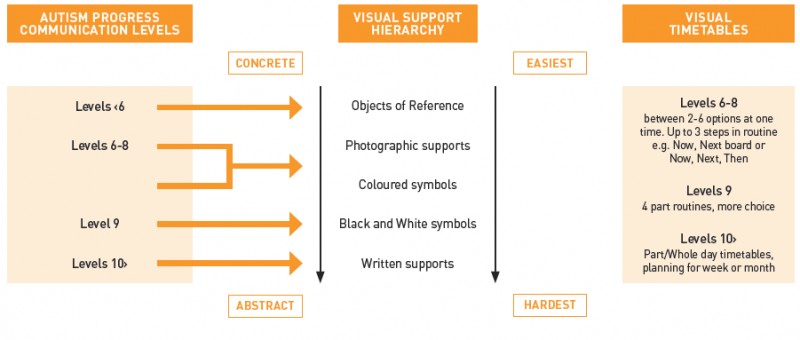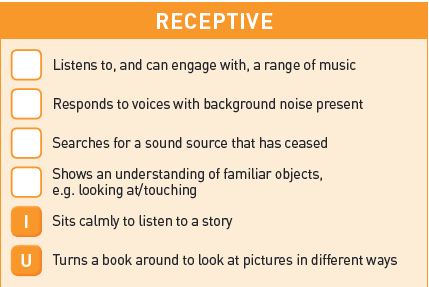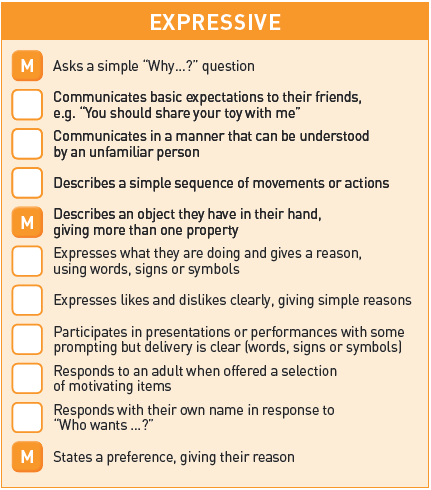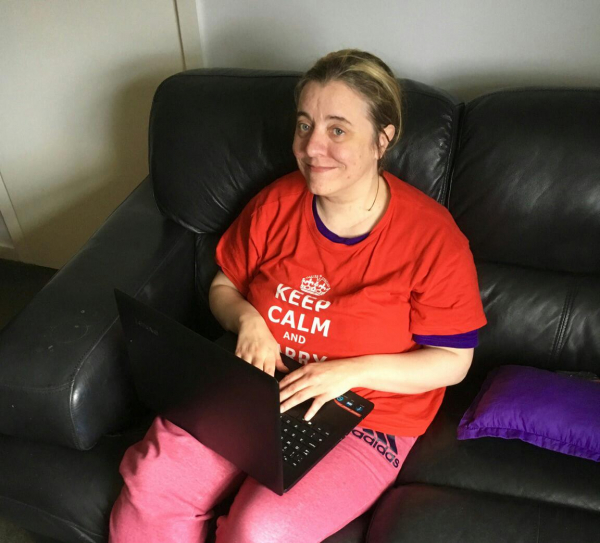Autism in Progress
Lucy Chetty, Head Teacher, New Struan School
B Squared Ltd. has produced Autism Progress in association with Scottish Autism, Autism Wessex, and the North East Society. This tool aims to develop a deeper understanding of how an individual’s autism affects them in order to best support their growth, development and understanding of self. At New Struan School, many of the young people we support are trying to learn more about who they are and understand what their barriers to effective learning experiences might be.
Autism Progress has descriptors within the following four areas; Communication, Social Interaction, Flexibility of Thought and Emotional Regulation. It is important to remember that whilst it uses a scale ranging from 1-17, within each area this is a framework, providing a canvas of what an individual can do and should not be understood as required levels to achieve.
Each descriptor within the four areas is evaluated using the following eight levels of engagement; Encounter, Awareness, Attention and Response, Engagement, Participation, Involvement, Gaining Skills and Understanding, and Mastered. It is important that as a school we have a moderated understanding of what each of these levels look like for the individuals that we teach. In order to achieve this collective understanding we use the levels to evaluate learning across all contexts.
At New Struan School we work to complete the baseline assessment of an individual’s profile within the first six months of joining the school. This process involves identifying which elements the person has mastered. From this point, and this starting level, we are then able to evaluate progress using all eight levels of engagement. Each level has a corresponding page that is filled with support strategies. These strategies can help to inform support plans and individualised education plans. It is important that we take time and build the learning experiences for each pupil using a strength based approach, taking the time to understand their aptitudes and unique developmental profile.
We have aligned the communication levels with the visual support hierarchy. This enables a consistent approach to both communication strategies and supports across the range of pupils within the school.
The teachers are able to use the strategies to reflect, perhaps generate interest, to find out more or look to new resources to investigate. We know that any learning community needs to focus on both how children like to learn along with what they are experiencing. The pupils we work with need their learning experiences to be motivating, meaningful and purposeful for them. The consistency of approach in strategies to support young people is critical, through Autism Progress the teacher and staff team are able to track, share and reflect upon how a young person is coping.
Listening and understanding the pupil voice should also inform the profiling process. Within New Struan School, some of our pupils are able to engage and reflect on their own autism profile; often they like to focus within the area of Emotional Regulation. Some of our young people can identify their emotional states and feelings. They may take a descriptor, such as ‘they remember and describe how certain events made them feel’ and have a conversation about this concept with a trusted member of staff.
Here we can see that one of our pupils has been assessed as engaging with Involvement and Understanding within level 7 of the Communication area. As we would expect with the profile of our young people they may sit across levels for a variety of areas within Autism Progress. Below is an extract of the same young person’s expressive communication where we can see some Mastered levels of engagement at level 10. Using these descriptors the team around the individual are able to fully understand the individual’s profile, allowing them then to design experiences to support and enable their learning in a cohesive manner.
In order to effectively track and monitor incremental progress in a young person’s education we need to use tools that can guide the gathering of the necessary information on their autism profile. Autism Progress supports staff to truly understand this picture so they can then efficiently support their access to the curriculum using a strength based approach.








